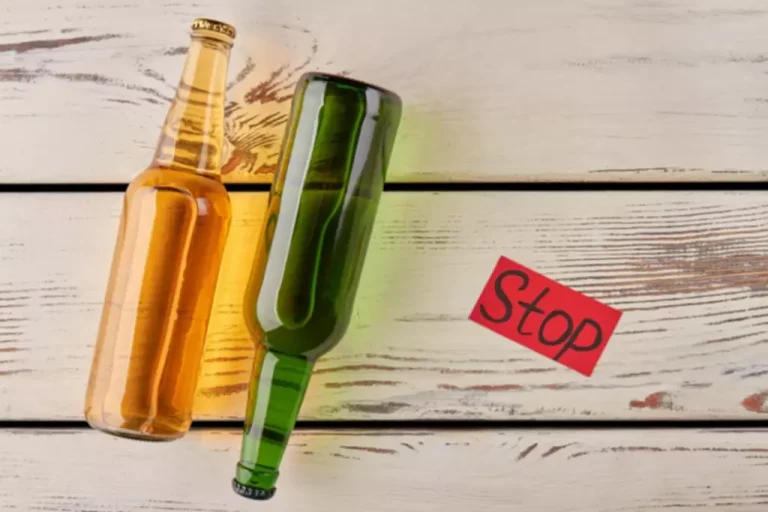
The best way to prevent an addiction to a drug is not to take the drug at all. If your health care provider prescribes a drug with the potential for addiction, use care when taking the drug and follow instructions. If you’re not ready to approach a health care https://ecosoberhouse.com/ provider or mental health professional, help lines or hotlines may be a good place to learn about treatment. Drug addiction can start with experimental use of a recreational drug in social situations, and, for some people, the drug use becomes more frequent.
Infectious agents
Finding the right one for yourself or a loved one suffering from IV drug addiction will depend on several factors. These may include which drugs are being taken and how long they have been administered intravenously. IV drugs are injected directly into the bloodstream with a sterile syringe and hypodermic needle through veins. This is different from intramuscular injections, which are delivered directly into the muscle. HIV is a chronic autoimmune disease that can occur from a contaminated needle. IV drug users, especially those who share needles, are at an increased risk of developing HIV.
Clostridial infections
The drawback of a direct IV injection is that receiving larger doses of a medication may increase the risk of sustaining damage to the vein. A central line, or a central iv drug use venous catheter, accesses a more central vein within the torso, such as the vena cava. Healthcare professionals use X-rays to determine the ideal placement of the line.

What Is Intravenous Drug Use?
While increased tolerance and dependence must be present for a formal substance use disorder diagnosis, many people become addicted to substances before developing physical dependence and withdrawal symptoms. Substance use disorder symptoms are categorized into addiction and withdrawal symptoms. Addiction symptoms are those that indicate a person may be addicted to a substance. Withdrawal symptoms are those that occur when a person tries to stop using a substance. The Australian Society of Hospital Pharmacists provides guidance to other health staff about what drugs have to go with which IV fluids in their Australian Injectable Drugs Handbook. If there is a shortage of saline or Hartmann’s solution, and shipments of other overseas brands have not arrived, this guidance can be used to select another appropriate IV fluid.
- Skin-popping speed can be very painful, may cause an abscess, and will take a long time for the body to absorb.
- Severe withdrawal can lead to dangerous and life-threatening health issues.
- IV drug users, especially those who share needles, are at an increased risk of developing HIV.
- It will be necessary to make a long-term commitment to a diversified behavioral research portfolio on IV drug use with sufficient support to sustain these efforts.
Hepatitis C

These involve inserting a dose of a drug directly into the person’s bloodstream. Healthcare professionals may also refer to a rapid injection as a push or a bolus. However, IV therapy comes with risks and complications, and it is best for a person to only undergo IV therapy with trained medical professionals when they need it.

Are there alternatives to IV opioid use?
Indeed, during their drug-use careers, individuals may move through phases of regular and intermittent use (Simpson et al., 1986). However, all phases that involve needle-sharing carry some level of risk (albeit a variable one) of contracting HIV infection. Furthermore, those ex-users who are now asymptomatic may already be infected from prior needle-sharing.
Harm Reduction Methods for Intravenous Drug Use
However, there are other risks related to hepatitis C, so it is best to avoid getting it in the first place by practicing safe sex and avoiding already-used medical equipment. But drugs such as opioids, amphetamines, methamphetamines, and cocaine are also taken intravenously. For example, opiates such as heroin can become physically addictive after only a few injections.
Preventive Care Recommendations
- Local infection in the skin results in the body’s immune system trying to defend itself from the infection by sending white blood cells to the infected area.
- Hepatitis C virus (HCV) is another type of infection that is typically only transmitted through blood.
- Although consistently higher seroprevalence rates have been found among minority IV drug users, more complete interpretations of the data raise questions about factors that may differentially predispose minorities to HIV infection.
- Only a professional can diagnose a substance use disorder and prescribe medication that may encourage long-term healing.
- They are particularly vital when treating sepsis and dehydration, and are used during resuscitation, post-anaesthesia care and intensive care.
Leave a Comment